Rearing Youngsters Correctly
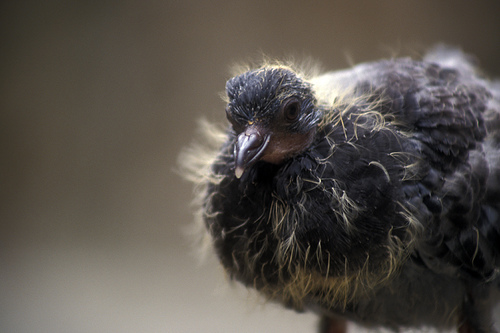 The novice must realize at the outset that young racing pigeons which do not leave the nest properly reared are a waste of time and effort.
The novice must realize at the outset that young racing pigeons which do not leave the nest properly reared are a waste of time and effort.
There is a lot of truth in the old saying that most of the long hard races are won or lost in the nest, and the beginner should do his best to ensure that his squeakers are a sound and healthy lot.
Youngsters which leave the nest in poor feather and weed body, have either been under nourished or suffered a setback due to illness.
They should not be allowed entry to the racing loft. The feather is probably the best indication that all is not well. Any check suffered in the normal growth is indicated by a mark across the tail and flight feathers.
If the newcomer is not certain what to look for, most old hands will be please to point out the defect. It must also be remembered that all small birds are not weeds. If their feather is good and their body plump, they are in good condition.
To rear sound young, the loft should be free of mites and lice, and the parent birds serene and vigorous. The breeders should have a constant supply of food and water and the food must be high protein content, about 20%.
A mixture of at least 90% peas is ideal for rearing and various small seeds and pellets manufactured for the purpose can be used as a tidbit to advantage. Grit is essential and this can be obtained ready mixed from various grain and fodder stores.
Greens such as silver beet and lettuce or finely chopped young grass fed once weekly will also assist in gaining the desired result.
It is also a good idea to keep the floor covered with fresh shell grit (shell grit is a source of calcium and not true grit, but gravel grit is essential for the gizzard).
The poorly reared youngster may win a short race, but it has no potential as a long distance winner and definitely no place in the breeding loft as a future stud proposition.
Like this article? click the “like” button below to read part 2. (**Note: if you do not see the “like” button below, please refresh your browser**)
[viralbait_buttons fb=”yes” ]
[viralbait_content giftID=”-1″ loadtime=”page” revealtime=”vb_rev_btn” ]
FEED BARLEY NOW
Barley should be fed just prior to, and during the moult, if the desired silky plumage is to results in your pigeons.
Amino acid cystine, about 9% as found in feathers, is essential in the diet at this time and barley is the best source of intake of the common grains.
Barley contains about 2.5% cystine, wheat does not provide it at all, maize and oats give less that 2% and peas less that 1%. Barley is a cheap part of the diet, and in most cases it can be obtain free of long tails.
Peas and wheat give and ample supply of the other nine essential amino acids, although maize is richer in threonine, leucine and valine. If the novice feeds a mixture of 50% barley, 25% peas and 25% wheat for the next eight to ten weeks he will be certain his birds are not missing out. The addition of linseed, richer in amino acid tryptophan than wheat and peas, will also assist if used as a tidbit. Linseed is high in protein 24%, and fat 36%, but low in carbohydrates 28% in comparison with other popular grains.
If the beginner takes notice he will find that a good knowledge of the composition of grains will help him to feed the right mixture at the proper time. For instance, youngsters until they leave the nest require a higher protein content diet than they need later in the racing season. 20% to 25% is necessary to build the youngster into the healthy potential winner, but 14% to 18% protein in ample in a racing mixture. Knowing what to feed, when to feed, is a vital part of good management. Protein is a repairer of muscle and the novice will find that the bird which returns from a long, hard race, flown down to the wafer in body weight, will recover much sooner if it is rested and fed all peas than it will if feed all wheat. However, once it has regained its weight and is eager to get back into the air again, the protein intake must be cut down and a diet high in fat should replace the one of all peas. Fat burns into 2.5 times as much energy as either protein or carbohydrate.
The storage capacity in muscle and liver is filled faster if a diet rich in fat is used. A mixture of rapeseed, linseed and hempseed fed for two of three days prior to receiving the usual racing mixture will make certain the birds is back in top racing condition without waste of time. Essential minerals compose 6% of the bird’s body and ample sources of these are found in the common grains and grit mixtures. Calcuim and phosphorus are two which provide no worries. Salt, added in the grit mix, is a source or sodium and chlorine. Potassium is so abundant in ordinary pigeon food that it is of no concern. Iron is found in grains grown in iron rich soils. One drop of iodine to each gallon of drinking water every now and then will be sufficient supply of this necessity needed for thyroid health and normal growth. Sulphur is found in ample quantities in barley, wheat, maize and peas. It is good management if pigeons are fed the correct mixtures.
[/viralbait_content]
Rearing Youngsters Correctly by Vin Bladen
The Leading Online Pigeon Racing and Racing Pigeons Magazine – The Pigeon Insider

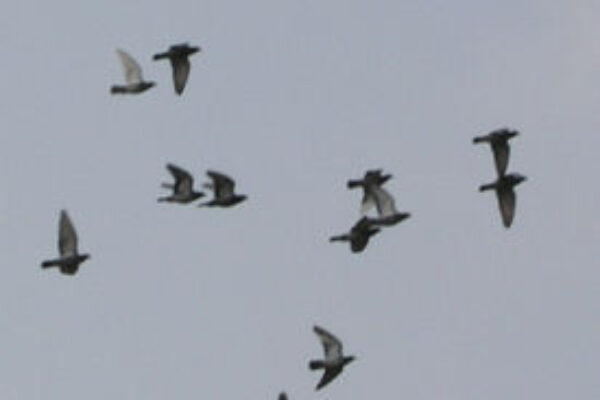
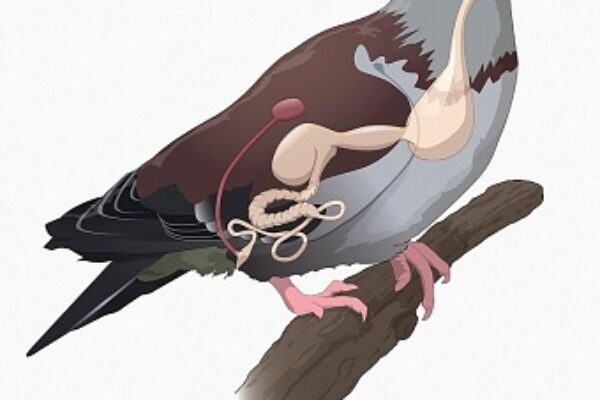
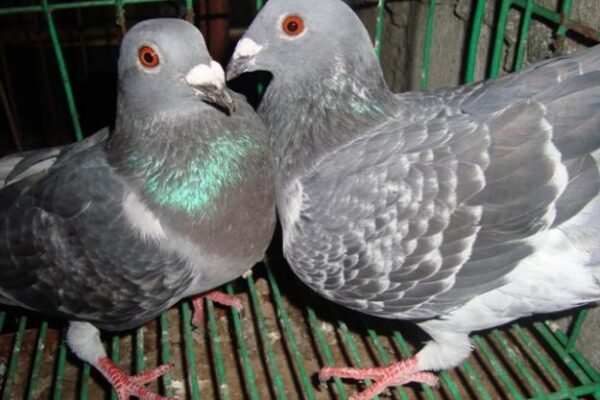

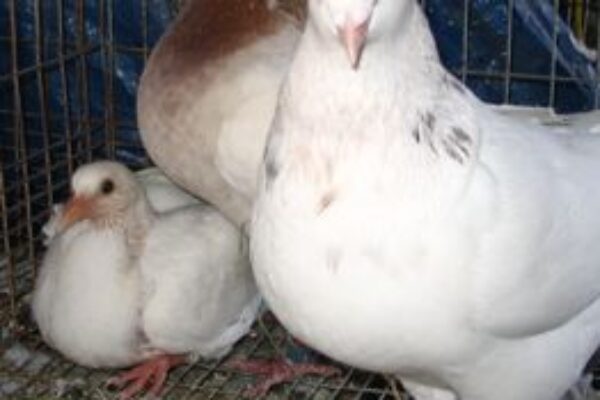



JUST MY OWN PERSONAL FEELING ABOUT THE PEACE ( 90%) IS FAR TO MUCH AS THIS MUCH PROTEINS WILL NOT DO THE THING FOR THE YOUNGSTERS AND CAN HARM THEM , AS PEACE ARE VERY HARD TO DIGEST . THE FOOD SHOULD BE AS LIGHT AS POSSIBLE AND AND NOT MORE THAN 15% PEACE . ADD MORE WHEAT , AND FINE SEEDS . YOU CAN ALSO GET SOME OF SUPER HERB PIGEONS SUPER BREEDING TO MAKE SURE YOU GET THE BEST CARDIOVASCULAR SYSTEM POSSIBLE FOR THE BABIES
Very good read…Guys, thanks for adding to it. In this game every bit helps!
hi all on the feed i use a good mix comercial type i add garlic oil and brewers yeast for a boost mom and dad feed the babies just fine all by there self while there still in the nest i put a small pot of water and fed and they will learn to drink and feed there self at the age of 16 days but i see mom and dad peck and drink from the clay pot and the youngsters watch and copy them when they hit the floor they no were the food and water are they will still ask mom and dad for a feed and i let them do it for aweek or two than off two the young bird loft with the rest of the youngsters for traping and setteling around loft then formal training by the way commercial feed is well balanced for birds
i would be very careful about leaveing extra feed for youngsters in your loft if mice get in it your in for big problems there dropings are the # 1 cause of paratyphoid yes it is true feed youngsters all they can eat than remove the feed dont ask for a problem good flying to all
Great article!!!! It is really helpful.
Thanks
In reference to the section on the moult,I find it interesting the writer suggests to feed a high barley percentage.In the past I have fed barley during the moult and found the resulting feather quality sub standard.I now feed a mix high in protein and fat during the moult and get beautiful silky,shiny,well developed feather on the birds.Each to their own but I’ll stick to what gives me the best results.
Great addition to the post Alister, thanks for commenting!
This email is in relation to your earlier articles regarding if the sport is growing or dying. My response to your questions were that it is dying in urban Australia and if this gets through it could mean other councils coould adopt this approach. Our local Council is trying to float and approve a law that will outlaw the keeping of pigeons at any urban residential property on the Sunshine Coast of Queensland, Australia.
I would be very interested if any of your readers know of this happening in their local area and if a challenge to local laws has resulted in fanciers winning for the sake of common sense and love of our sport. It would be great if they could send you through any local laws they may have with the keeping of pigeons in their backyard. This law means any type of pigeon, poultry and peacock. There are other things that will be eradicated with the implementation of these laws. My interest is in if there are other Council’s that your readers have that have changed laws and what they may be. We need to fight this with all our might and your support and influence is for the best interest and sustainability of this great sport worldwide. We may all be at risk.
Your in the sport,
Neil Whiteman
here in USA. Lancaster county pa. Lancaster city put a band on the keeping of pigeons any kind .to make a long story short what happened they amended the law and put in a grandfather clause. if you all ready have birds you may keep them but when you die the birds and loft must go !!!!!!!!!! and the city sends people out once a year to check your loft to make sure its up to code .they check for the bird flu ,they are just making it very hard to keep birds so the city’s and towns are killing the sport .
the only way your going to be able to keep racing pigeons is to have a loft on someones farm . and that is such a shame
Being a real newby all this information is vital to me. Im saving all my Pidgeon Insider emails to refer back to as I surely will need to as theres so much information I cant possibly remember it all. At least Im not going in blind and armed with all this support I feel quite confident.
Well, you can buy youngsters and train them to your coop. But, will you do it every season?????? Of course this is important! fun too! Nothing beats raising youngsters! You can start as I said with young birds, “OR” buy some stock.Either way, eventually your gonna( ok, the birds are gonna) have some “squeekers”-“squabs”-“youngun’s” Might as well know the best way to enjoy them! Thanks again for all the help!
good artical thanks